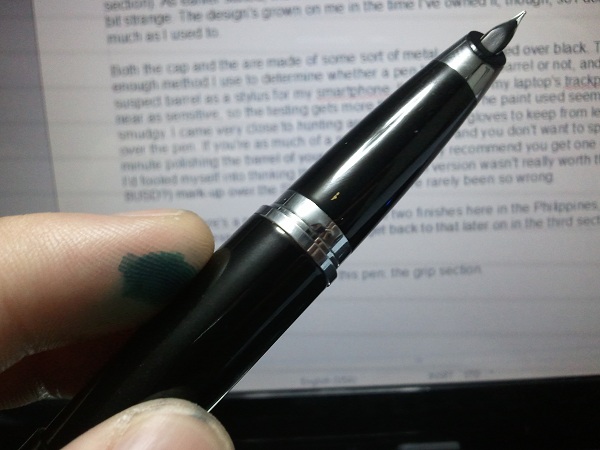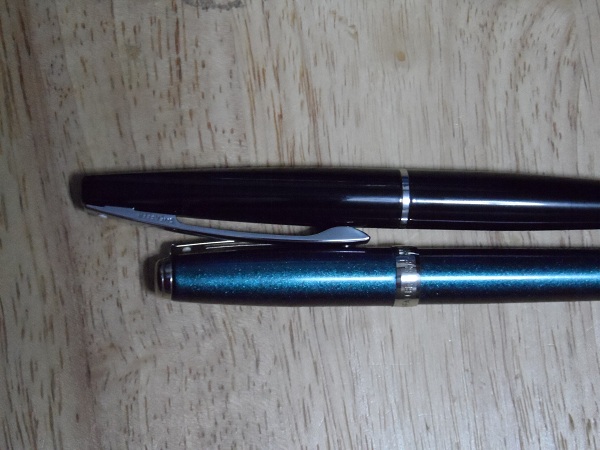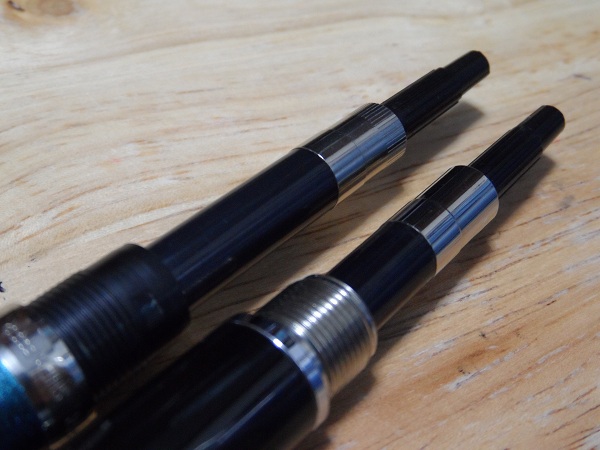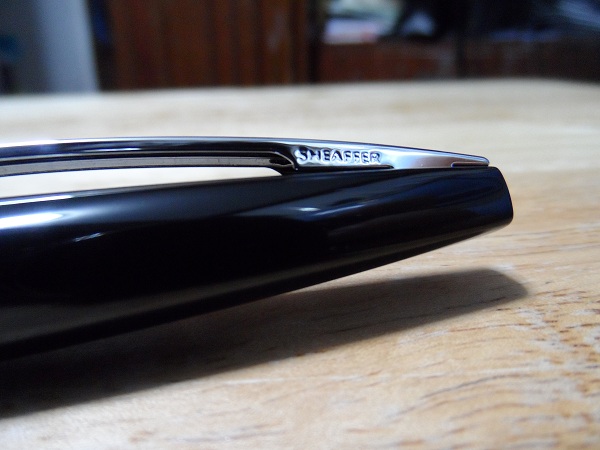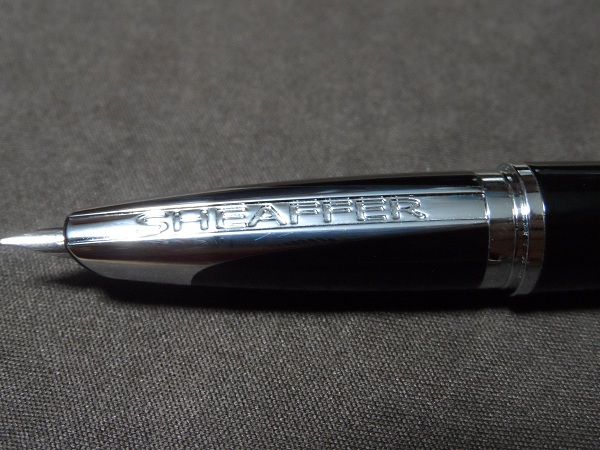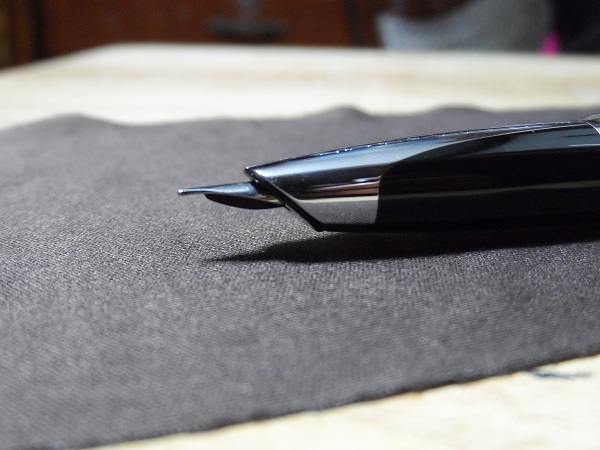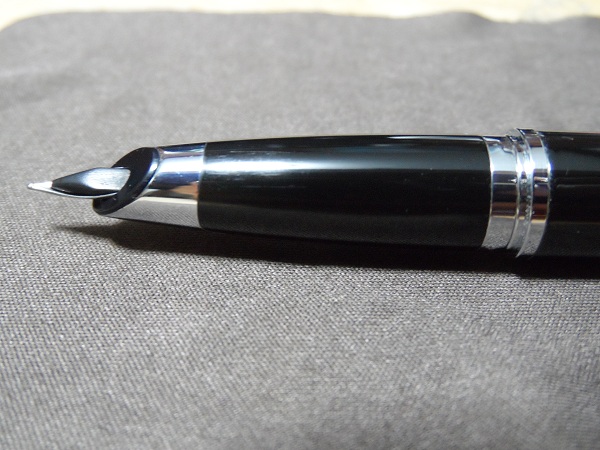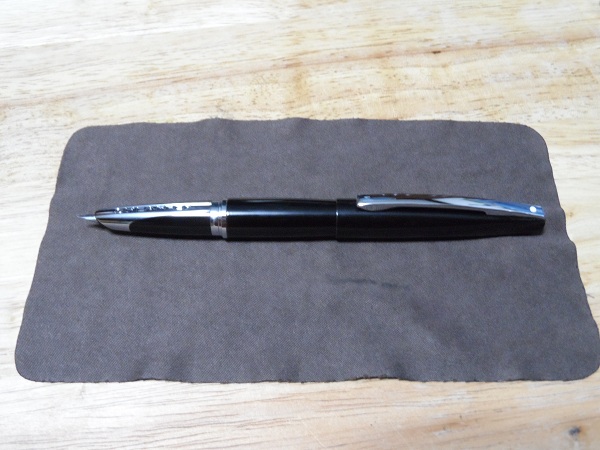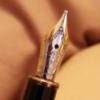Search the Community
Showing results for tags 'metal pen'.
-
I’ve been eyeing this pen lately, and from what I’ve heard it has a good 14k nib. However, it’s made of metal (aluminum) and I was wondering if it would damage the nib if I try to cap it. Will it scratch/damage the nib?
-
I’m winding down my pen purchases – FINALLY! (I think? LOL.) — so I’ve been pretty choosy about which pens will cap off my modest collection. One these is the multicolored “Skittles” Gravitas Fountain Pen, which has been part of my daily rotation for the last couple of weeks....
-
Hey guys, I think that my collection lacks an orange pen. I am looking for a subdued, kind of serious and professional color. Perhaps a shade similar to this? I prefer modern pens, usually lacquer over metal with chrome trim. Something to match the aesthetic of the rest of my collection pictured...
- 58 replies
-
- orange pen
- metal pen
-
(and 1 more)
Tagged with:
-
So I want to upgrade from the use of ballpoint pens at school to a fountain pen. I do have a pen that I enjoy to use at home to study with, but its made out of acrylic, which makes be very scared that it will break in my bag. I know for a fact that there will be times when the pen will be beat aroun...
-
SHEAFFER TARANIS (Stormy Night) Review: Someone Had To Write One Eventually Leaving my choice in tag lines aside, I'm fairly sure that the title of this article managed to turn some heads all on its own. This is, after all, a review of an extremely interesting pen, one possessing the weight of...
- 41 replies
-
- sheaffertaranis
- hooded nib
-
(and 2 more)
Tagged with:
-
Anyone Performs Modifications On (Metallic) Pen Bodies?
inotrym posted a topic in Pen Turning and Making
Custom nib grindings and modifications are very popular, but how about actual pen modifications? Example scenarios: I have a few Faber Castell Emotions in my collection that I love dearly, but I sometimes think that a bigger nib would look considerably better. The whole nib unit unscrews, leav... -
Hello all, Since october last year I am hooked in Fps, and as an high school student I want now to change my Lamy Safari that I am using since last october. I have tried also a Parker 45, Sailor highace Neo, Fpr triveni Jr (indian pen). I am searching for a pen with : - metal construction...









